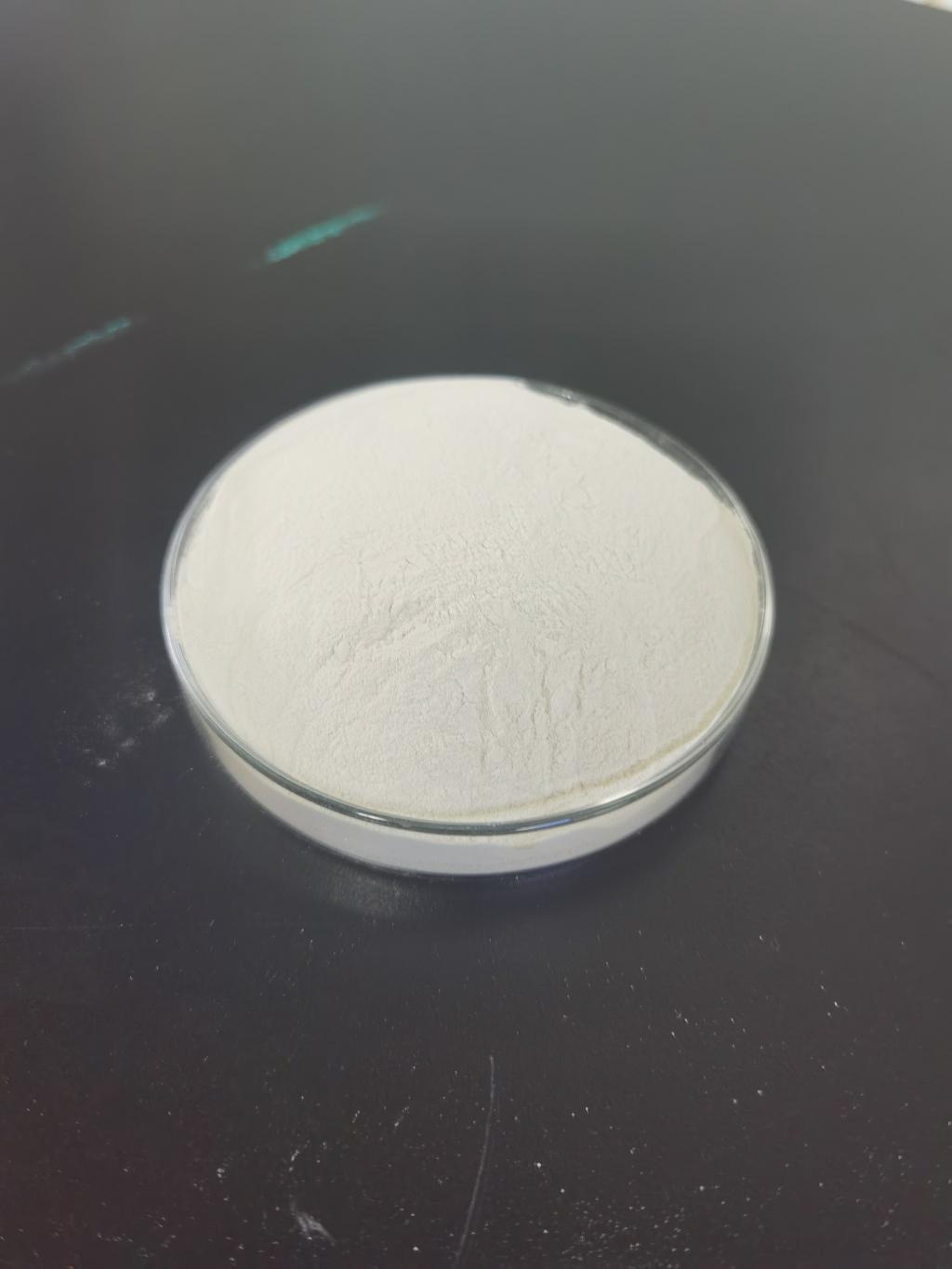Tel:+8618231198596

News
 CONTACT
CONTACT
 CONTACT
CONTACT
- Linkman:Linda Yao
- Tel: +8618231198596
- Email:linda.yao@dcpharma.cn
- Linkman:CHARLES.WANG
- Department:Overseas
- Tel: 0086 0311-85537378 0086 0311-85539701
News
Current Position:
Home >
News
>Nisin's Applications in Biodegradable Packaging: Balancing Safety and Sustainability
Nisin's Applications in Biodegradable Packaging: Balancing Safety and Sustainability
TIME:2024-02-29
I. The Environmental Impact of Conventional Packaging:
Conventional packaging materials, often derived from non-renewable resources, contribute significantly to environmental pollution and waste. The slow decomposition of plastics, coupled with their adverse effects on ecosystems, has prompted a global call for more sustainable alternatives. Biodegradable packaging has emerged as a promising solution, offering the potential to reduce the environmental footprint of the packaging industry.
II. Understanding Nisin:
Nisin, a naturally occurring antimicrobial peptide produced by Lactococcus lactis, has been widely used in the food industry as a preservative. Its antimicrobial properties make it effective in inhibiting the growth of bacteria, particularly those responsible for food spoilage. Nisin has gained recognition for its safety, natural origin, and potential to enhance food preservation. Beyond its conventional applications, the integration of Nisin into biodegradable packaging materials presents an innovative approach to address both food safety and environmental concerns.
III. Nisin's Role in Biodegradable Packaging:
Antimicrobial Preservation: Incorporating Nisin into biodegradable packaging can help extend the shelf life of perishable products by inhibiting the growth of bacteria and fungi. This antimicrobial effect not only enhances food safety but also reduces the need for additional chemical preservatives.
Extended Product Freshness: The preservation capabilities of Nisin contribute to maintaining the freshness of packaged products, minimizing food waste by reducing spoilage. This is especially crucial in the context of sustainable packaging, where the goal is to create materials that support a circular economy.
Natural and Renewable: Nisin's natural origin aligns with the principles of sustainability. Derived from fermentation processes involving bacteria, Nisin presents an opportunity to create biodegradable packaging materials that are both safe for the environment and effective in preserving the quality of packaged goods.
IV. Challenges and Considerations:
While Nisin shows promise in biodegradable packaging, challenges and considerations must be addressed:
Compatibility with Packaging Materials: Ensuring the compatibility of Nisin with various biodegradable materials without compromising its antimicrobial properties is a key challenge. Research and development efforts are essential to optimize formulations that maintain effectiveness throughout the packaging's lifecycle.
Regulatory Approval: Meeting regulatory standards for the use of Nisin in packaging materials requires careful compliance with safety and environmental guidelines. Collaboration between scientists, regulatory bodies, and the packaging industry is crucial to navigate the approval process.
Consumer Acceptance: Educating consumers about the benefits of Nisin in biodegradable packaging is vital for widespread acceptance. Transparent communication can address concerns and build trust in the safety and efficacy of such innovative packaging solutions.
V. Case Studies of Successful Implementation:
Examining case studies where Nisin has been successfully integrated into biodegradable packaging provides real-world examples of its transformative impact. These cases showcase the versatility of Nisin in diverse packaging applications and highlight the potential for widespread adoption across different industries.
VI. Future Prospects and Innovations:
As the demand for sustainable packaging solutions grows, the future holds exciting prospects for Nisin's role in biodegradable packaging. Ongoing research and innovations in material science, coupled with collaborations between the food industry and packaging manufacturers, can lead to the development of novel and efficient packaging solutions that balance safety and sustainability.
VII. Collaboration and Industry Partnerships:
Building collaborations between researchers, packaging manufacturers, and regulatory bodies is crucial for the successful implementation of Nisin in biodegradable packaging. These partnerships can foster innovation, accelerate the development of sustainable packaging materials, and streamline regulatory processes.
VIII. Conclusion:
Nisin's applications in biodegradable packaging mark a significant step towards balancing safety and sustainability in the packaging industry. By leveraging its antimicrobial properties, Nisin offers a natural and renewable solution to enhance the preservation of packaged products while contributing to the reduction of environmental impact. While challenges exist, ongoing research, collaboration, and consumer education can pave the way for widespread adoption. In the quest for a more sustainable future, Nisin emerges as a valuable ally, guiding the packaging industry towards eco-friendly practices that support both the well-being of consumers and the health of our planet.
- Tel:+8618231198596
- Whatsapp:18231198596
- Chat With Skype







